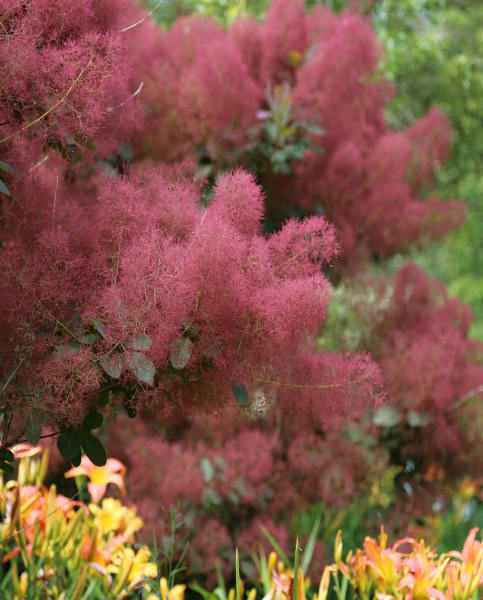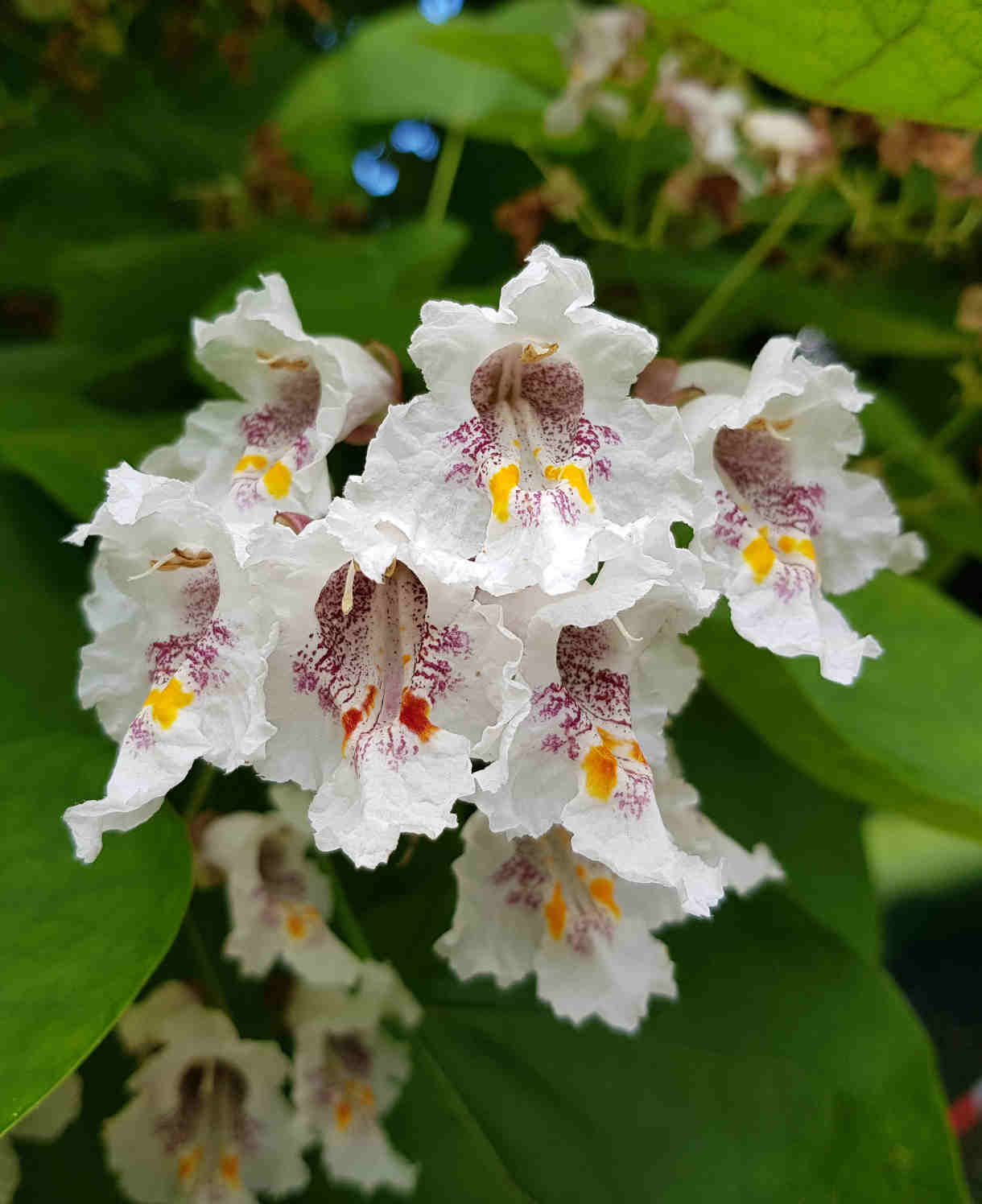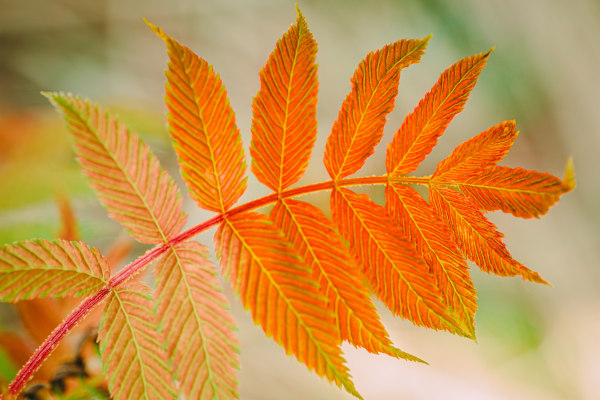How to grow Sorbaria
Hailing from riverbanks across the Himalayas and SE Asia, sorbaria is a vigorous, thicket-forming, deciduous shrub grown for its elegant foliage and flowers. It bears many upright stems and, in summer, stiff, erect panicles of small, white flowers.
Like many members of the rosaceae family, the flowers of sorbaria are a rich source of nectar for bees and other pollinators.
Sorbaria is also known by the common name ‘false spirea’.

Zantedeschia is a genus of flowering plants from the family Araceae and is native to southern Africa. With a rich history dating back to the Ancient Romans, these deciduous or semi-evergreen perennials have been used as a symbol of celebration. Zantedeschia was Named after Professor Giovanni Zantedeschia, an Italian botanist.
There are two main forms of Zantedeschia: hardy and tender. Hardy forms of the plant can be grown outdoors, enjoy moist soil and full sun or partially shaded conditions - these are known as Arum lilies. Tender forms of Zantedeschia prefer being grown in containers or pots and should be brought inside over the winter - these are known as Calla lilies.
With tuberous flora in all colours from whites, yellows and oranges to deep reds and purples, Zantedeschias are not to be overlooked in any garden, as long as they have sufficient sunlight to grow in.
Ready to learn more about growing Zantedeschia? Read on for all there is to know...

Key Information
Soil pH
Position
Hardiness


Where & when to plant Sorbaria
For best results, plant sorbaria in autumn or spring. An autumn planting is suitable for those gardening in mild conditions (broadly speaking, the southern half of the UK). For those liable to very cold winters or waterlogged ground, it is best to wait until spring (generally the northern half of the UK, or anyone gardening on heavy, clay soil).
Planting can be done at other times throughout the year providing a watchful approach to watering is taken until plants are established.
Sorbaria is a wonderfully versatile shrub which can be grown in full sun or partial shade. It is equally at home in a mixed border, woodland garden, or as waterside planting. Sorbaria can also be grown in a large container.
How to plant Sorbaria
In the ground
- Clear the chosen area of weeds.
- Dig a planting hole several times larger than the root ball. If you are gardening on soil that is poor, dry, or stony it is a good idea to mix in plenty of well-rotted organic matter at this stage.
- Place the plant in the hole, ensuring the top of the root ball sits level with the surface of the soil. Too low and the plant may rot, too high and the roots can dry out.
- Backfill with soil and firm in gently.
- Soak well with water.
- Mulch with well-rotted organic matter.
In a container
- Choose an appropriate container (the larger the better), ensuring there are plenty of drainage holes in the bottom.
- Use a good quality potting compost with plenty of horticultural grit mixed in, and, if not already present in the compost (check the description on the bag) some slow-release fertiliser granules.
- Start by partially filling the pot with compost; enough so that when placed on it the upper surface of the root ball is about 3cm lower than the top of the pot.
- Infill all the space surrounding the root ball with compost, firming down with your fingers then adding a little more so the plant is held tight.
- Pick up the pot (if you can!) and lightly tap on the potting bench or ground a few times to help further settle the compost around the plant.
- Soak well with water.
- A mulch with horticultural grit will look attractive and help to prevent a ‘cap’ or crust forming on the top of the compost (something container plants can suffer due to the artificial nature of their watering).

What to plant with Sorbaria
This unusual and attractive shrub mixes easily with a range of planting styles. We love using it to liven up a shrub border or deciduous woodland understory, along with acer, cotinus, and spirea.
Alternatively make use of its capabilities as a waterside shrub, and have it bordering a pond, lake, or stream with a mix of other similarly inclined trees and shrubs. Think pussy willow such as Salix gracistyla ‘Mount Aso’, tamarix, and catalpa.



How to care for Sorbaria
Pruning and Deadheading
Remove excess suckers to restrict spread, in either autumn or spring. At the same time, prune out any dead, diseased, damaged, or overcrowded stems. To maintain a neat, compact shape, trim back remaining growth by around a third, taking it to a healthy, outward facing bud.
Alternatively, sorbaria will respond well to occasional coppicing (cutting down to the ground level in late winter). If doing this, make sure you give your sorbaria a good feed and mulch to help boost regrowth.
Watering
Sorbaria will require watering until fully established, and in very dry spells thereafter.
If grown in a container, water regularly throughout the growing season, allowing the top few centimetres of compost to dry out between soakings.
Cold Protection
Sorbaria is hardy to between -10°C and -15°C, meaning it will overwinter easily throughout most of the UK with no added protection.
Pests and Diseases
Sorbaria tends to be trouble-free.
How to propagate Sorbaria
The quickest and easiest route to new sorbaria plants is to harness their natural tendency to produce suckers.
- In autumn or spring, remove rooted suckers from the parent plant using sharp secataurs and a trowel.
- Trim each of these down, until you are left with a piece containing both a growing point and roots.
- Pot up into individual pots filled with a well-draining compost mix. Grow on in a cold frame or unheated greenhouse until they are large enough to plant out.
- You may also wish to try transplanting suckers directly to the desired location. Water well, mulch, and take a watchful approach to watering until you are confident they have fully established.
Common Sorbaria questions
Is sorbaria an evergreen?
No, all species of sorbaria are deciduous, meaning their leaves drop in autumn and regrow in spring.
Will sorbaria grow in shade?
Sorbaria is happiest in light, dappled shade. It will tolerate full sun, though the soil must remain moist. Full shade is not recommended, and is likely to result in weak, stunted growth.
How big does sorbaria grow?
The eventual height of sorbaria species can vary significantly. At Hayloft we currently stock Sorbaria sorbifolia ‘Sem’, which grows to a compact 1.5m.
Is sorbaria poisonous?
Sorbaria has no known toxic effects.





